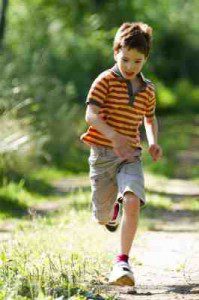 A mom notices that her three-year-old son eats dirt, paper and sand. She wonders if this is normal and if he will eventually grow out of this behavior.
A mom notices that her three-year-old son eats dirt, paper and sand. She wonders if this is normal and if he will eventually grow out of this behavior.
A child who persistently eats nonnutritive substances like dirt, sand and paper for a period of over a month could be suffering from pica.
Pica is more common in children with autism and developmental delays, but affects other children as well. About 10% to 20% of children, ages one to six are affected by this disorder.
Pica is a type of eating disorder that needs to be evaluated by a medical doctor who can rule out anemia, intestinal blockage or possible toxins or bacteria ingested from the items consumed.
Pica can be triggered from a nutritional deficiency in which the child craves iron or zinc. So checking low iron, zinc and other nutritional deficiencies through a blood test is a first step. A physician will also look for health related problems that may arise from what is ingested.
A child therapist can then work with the child using behavioral strategies aimed at stopping the consumption of nonfood items.
Parents should monitor eating at home and put items commonly eaten out of sight. Play areas should be regularly cleaned and vacuumed often. It is also a good idea to provide activities that keep a child’s hands busy. Finally, reinforce eating appropriate items, talking about the differences of nonfood and food items.
Sometimes this problem lasts several months; others times, it can disappear on its own. However, in some cases, it can continue into the teen and adult years, but this is more common when pica is related to a developmental disorder.


